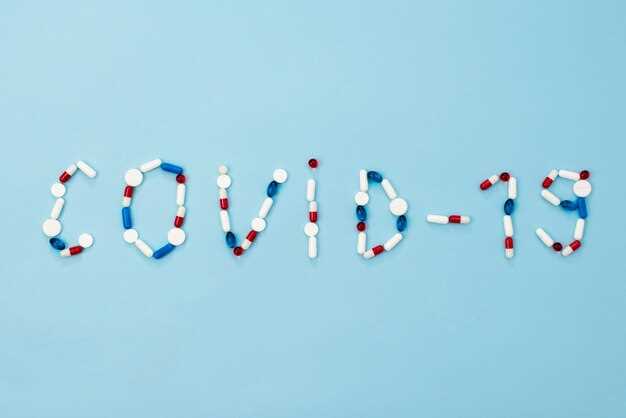
Are you struggling to find the right antidepressant for you?
Sertraline and Mirtazapine are two common medications prescribed for depression and anxiety disorders. But which one is the better option for you?
Let’s take a closer look at the differences between Sertraline and Mirtazapine to help you make an informed decision.
Main differences
When comparing sertraline and mirtazapine, it’s important to note their differences in terms of effectiveness. Sertraline is a selective serotonin reuptake inhibitor (SSRI) that primarily works by increasing serotonin levels in the brain. On the other hand, mirtazapine is a noradrenergic and specific serotonergic antidepressant (NaSSA) that works by blocking certain receptors to increase the levels of norepinephrine and serotonin.
In terms of effectiveness, studies have shown that sertraline is effective in treating various conditions such as depression, anxiety disorders, and obsessive-compulsive disorder. Mirtazapine, on the other hand, is commonly used to treat depression and is known for its sedative effects, making it a popular choice for individuals who struggle with insomnia or poor appetite.
It’s essential to consult with a healthcare professional to determine which medication may be more suitable based on individual needs and symptoms.
Effectiveness

When comparing Sertraline and Mirtazapine in terms of effectiveness, it’s important to consider the specific symptoms they are targeting. Sertraline is commonly used to treat depression, anxiety disorders, OCD, PTSD, and panic disorders, while Mirtazapine is often prescribed for depression and sometimes for other conditions like insomnia and anxiety.
Sertraline works by increasing the levels of serotonin in the brain, which helps regulate mood and emotions. It is considered to be highly effective in treating depression and anxiety symptoms. Mirtazapine, on the other hand, works by increasing the levels of norepinephrine and serotonin, which can also improve mood and alleviate depressive symptoms.
Both medications have shown to be effective in treating their respective conditions, but the choice between Sertraline and Mirtazapine will ultimately depend on the individual’s specific symptoms and medical history.
Usage and Dosage
Sertraline:
Sertraline is usually taken once daily, either in the morning or evening, with or without food. The dosage varies depending on the condition being treated. It is important to follow the prescribed dose and not to adjust it without consulting a healthcare provider. It may take several weeks for the full effects of sertraline to be felt.
Mirtazapine:
Mirtazapine is typically taken in the evening before bedtime, with or without food. The dosage also depends on the condition being treated and should be followed as prescribed. Mirtazapine may cause drowsiness, so it is often recommended to take it before bedtime to minimize this effect. It may take a few weeks to notice the full benefits of mirtazapine.
Usage and dosage

Sertraline and mirtazapine are both prescription medications used to treat depression, anxiety, and other mental health conditions. It is important to follow the prescribed dosage and instructions provided by your healthcare provider.
Sertraline is typically taken once daily, either in the morning or evening, with or without food. The initial recommended dosage for adults is usually 50 mg per day, which can be increased gradually under medical supervision. It may take several weeks for the full effects of sertraline to be felt.
Mirtazapine is also usually taken once daily, usually at bedtime due to its sedative effects. The initial recommended dosage is typically 15 mg per day, which can be adjusted based on individual response and tolerance. Mirtazapine may cause drowsiness, so it is important to avoid driving or operating heavy machinery until you know how the medication affects you.
It is important to not adjust the dosage or stop taking these medications without consulting your doctor, as abruptly discontinuing them can lead to withdrawal symptoms or a worsening of your condition. Your healthcare provider will monitor your progress and may make dosage adjustments as needed to ensure the best treatment outcome.
Interactions with other drugs
It is essential to be aware of potential interactions between sertraline and other medications to ensure safe and effective treatment. Some drugs may interact with sertraline, leading to increased or decreased levels of sertraline in the body, which can affect its efficacy and increase the risk of side effects.
Drugs that may interact with sertraline include:
- Monoamine oxidase inhibitors (MAOIs): Concurrent use of sertraline and MAOIs can lead to a dangerous condition called serotonin syndrome, characterized by symptoms such as agitation, hallucinations, fever, sweating, shivering, fast heart rate, muscle stiffness, twitching, loss of coordination, nausea, vomiting, and diarrhea.
- Other antidepressants: Combining sertraline with other antidepressants, such as tricyclic antidepressants (TCAs), selective serotonin reuptake inhibitors (SSRIs), or serotonin-norepinephrine reuptake inhibitors (SNRIs), can increase the risk of serotonin syndrome.
- Antipsychotics: Some antipsychotic medications can interact with sertraline and increase the risk of side effects such as dizziness, drowsiness, confusion, and difficulty concentrating.
- Anticoagulants: Sertraline may interact with anticoagulant drugs, such as warfarin, leading to an increased risk of bleeding.
It is crucial to inform your healthcare provider about all medications, including prescription, over-the-counter, herbal, or vitamin supplements, before starting sertraline to prevent potential interactions and ensure safe and effective treatment.
